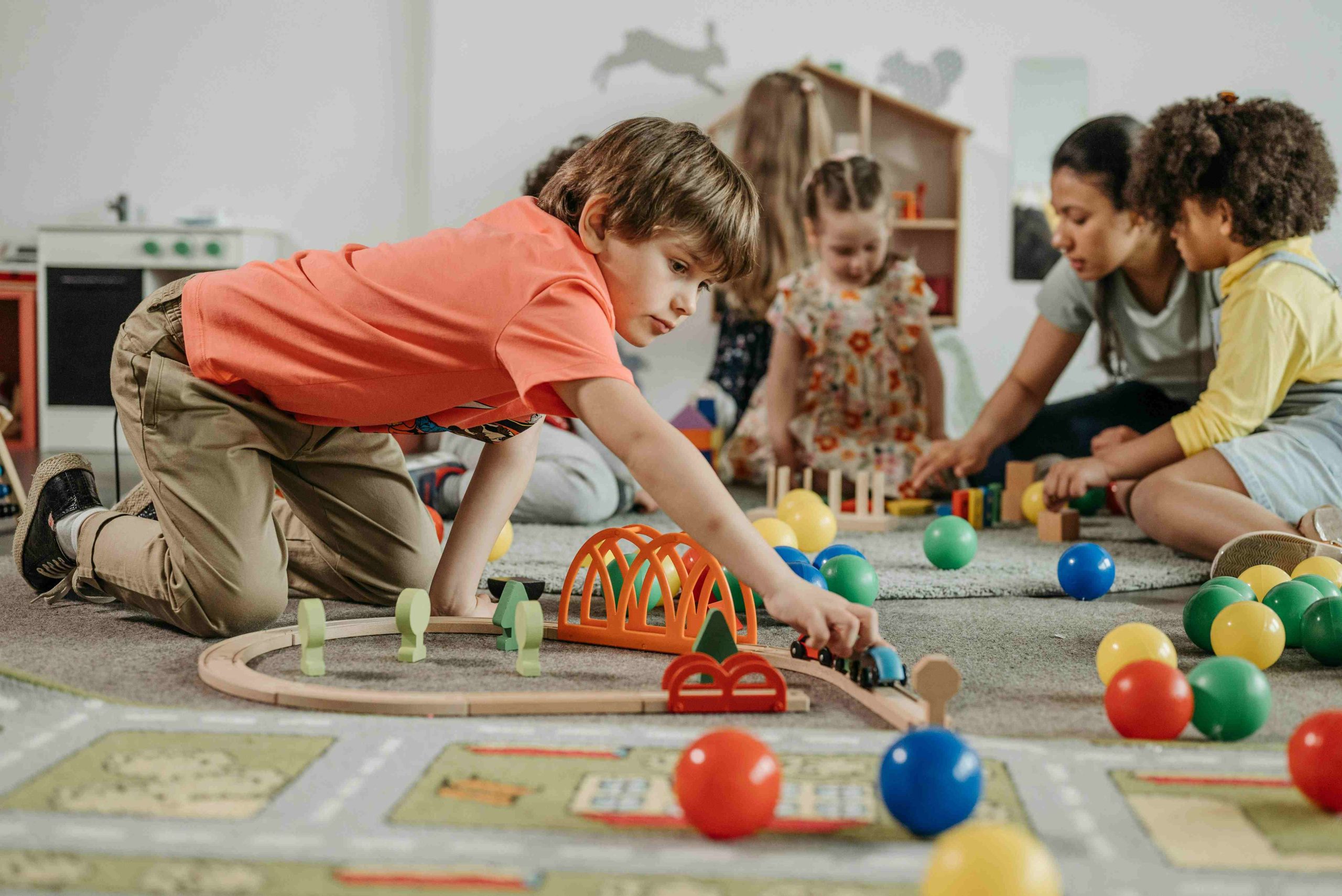
Understanding Preschooler Varying Quantities: Tips for Parents and Educators
Preschoolers are continuously learning and exploring the world around them. They are beginning to grasp concepts like more and less, big and tiny, and other quantitative ideas. As parents and educators, it’s crucial to provide opportunities for them to understand varied numbers. In this post, we’ll discuss tips for teaching preschoolers about variable quantities.
What Are Varying Quantities?
Varying amounts refer to the idea that items or concepts can differ in size, amount, weight, or other quantitative metrics. Preschoolers are starting to understand that items can be big or small, there can be more or less of something, and that numbers have specific values. Developing a grasp of varied quantities is a vital basis for later math skills, such as addition and subtraction.
Tips for Teaching Preschoolers About Varying Quantities
- Utilize Real-Life Examples: Use examples of varied quantities from everyday life to help children understand the concept. For instance, compare the size of different fruits or the number of toys in a bin.
- Engage in Matching Games: Play matching games to help preschoolers build their awareness of varied quantities. Ask them to match various-sized items or objects with varying quantities.
- Use Hands-On Toys: Hands-on toys, like blocks or counting bears, can help kids understand various quantities by physically manipulating objects and perceiving differences in size or amount.
- Introduce Songs and Rhymes: Singing songs or reciting rhymes involving counting or quantitative ideas can be enjoyable and educational. For example, sing “Five Little Monkeys Jumping on the Bed” or recite “One, Two, Buckle My Shoe.”
- Utilize Visual Aids: Visual aids, such as pictures or diagrams, can be helpful for visual learners. Use images of different-sized animals to help children understand big and tiny concepts.
- Engage in Board Games: Board games incorporating counting or quantitative concepts can be fun and educational. For example, play Snakes and Ladders, where kids have to count spaces to move.
- Read Math-Oriented Books: Reading books involving mathematical principles can be effective. For instance, read “The Very Hungry Caterpillar,” which covers counting and quantitative ideas.
- Encourage Exploration: Encourage toddlers to explore and compare objects to build their understanding of varied quantities. Provide different-sized pots and ask them to pour water from one to the other.
- Utilize Technology: There are various educational apps and activities available to help preschoolers expand their comprehension of varying quantities. Consider using an app that teaches counting or number recognition.
By incorporating these techniques into interactions with preschoolers, parents and educators can help them develop a solid foundation for later math skills.
Common Challenges and Solutions
- Challenge: Difficulty Recognizing Numbers
- Solution: Use Visual Aids
- Challenge: Limited Attention Span
- Solution: Break Activities into Smaller Parts
- Challenge: Difficulty Remembering Concepts
- Solution: Repetition and Reinforcement
- Challenge: Limited Vocabulary
- Solution: Use Simple Language
By being aware of these typical obstacles and implementing the proposed solutions, parents and educators may help preschoolers acquire a good grasp of different numbers.
Additional Strategies for Teaching Preschoolers About Varying Quantities
- Utilize Manipulatives: Incorporate objects like blocks or counting bears, allowing preschoolers to physically interact and understand varying quantities.
- Engage in Games: Introduce fun and educational activities involving counting, matching, or sorting to reinforce comprehension of varying quantities.
- Explore Through Books: Use children’s literature featuring numbers and counting to supplement learning and reinforce concepts visually.
- Integrate Technology: Utilize educational apps and interactive tools on digital devices to enhance understanding of varying quantities through engaging experiences.
- Promote Exploration: Encourage preschoolers to explore and compare different objects and quantities in their environment to foster active learning.
- Apply Everyday Situations: Incorporate mathematical concepts into daily activities like counting objects during tasks or discussing measurements during cooking to reinforce learning.
Challenges in Teaching Preschoolers About Varying Quantities
- Addressing Limited Attention Span: Break tasks into shorter segments to accommodate preschoolers’ attention span.
- Adapting to Different Learning Styles: Employ various teaching methods, including hands-on activities and visual aids, to cater to individual preferences.
- Addressing Limited Vocabulary: Use simple language and provide contextual examples to facilitate understanding.
- Providing Diverse Experiences: Create opportunities for hands-on exploration and real-world applications to deepen comprehension.
- Encouraging Resilience: Promote a positive attitude towards learning, resilience, and problem-solving skills to overcome challenges.
Teaching preschoolers about varying quantities requires patience, flexibility, and a willingness to adapt to each child’s individual needs and learning style. By addressing challenges and utilizing effective strategies, parents and educators can help preschoolers develop a love for math and a deep understanding of varying quantities.


